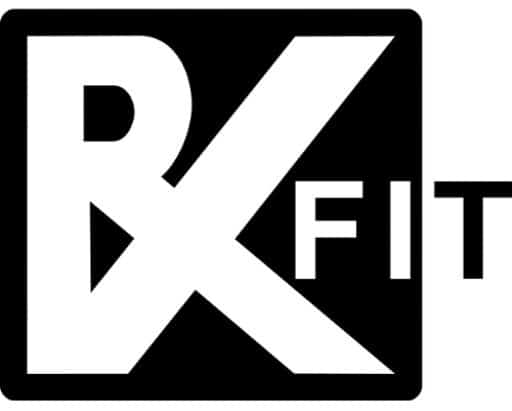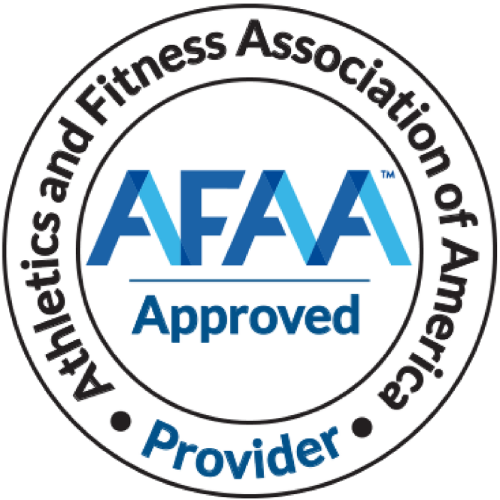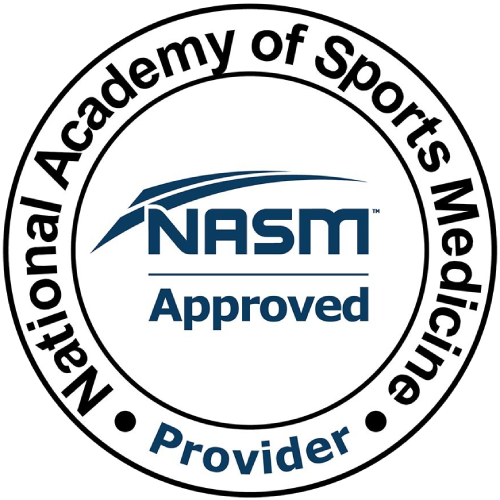A round, firm, and shapely derriere has become a symbol of beauty and fitness in the modern era. A bubble butt not only enhances your physique but also boosts your confidence and allure. The allure of a well-sculpted posterior is undeniable, and many individuals strive to achieve this sought-after feature. However, achieving a round butt is not just about aesthetics; it also indicates strong glute muscles, which play a crucial role in our overall physical performance and well-being.
Behind the allure of bubble butts lies the science of glute development. Our glute muscles, comprising the gluteus maximus, gluteus medius, and gluteus minimus, are among the largest and most powerful muscles in the human body. They play a pivotal role in various movements, including walking, running, jumping, and lifting.
Building and toning these muscles not only gives you an attractive rear end but also contributes to better athletic performance and reduced risk of injury.
Understanding Your Glute Muscles
Before embarking on a journey to sculpt your glutes, it’s essential to understand the anatomy of this region. The gluteal region encompasses the three glute muscles: the gluteus maximus, gluteus medius, and gluteus minimus. Each of these muscles contributes differently to the shape and function of your posterior.
Types of Glute Muscles and Their Functions
1. Gluteus Maximus: The Powerhouse
The gluteus maximus is the largest and most superficial of the glute muscles. It is responsible for extending the hip joint and plays a vital role in movements such as squats, deadlifts, and hip thrusts.
2. Gluteus Medius: The Stabilizer
Located on the outer surface of the pelvis, the gluteus medius stabilizes the hip joint during activities like walking and running. It is essential for maintaining balance and preventing hip drop during movement.
3. Gluteus Minimus: The Supportive Muscle
The smallest of the glute muscles, the gluteus minimus, works in conjunction with the gluteus medius to stabilize the pelvis during movement. It helps with hip abduction and internal rotation.
Assessing Your Current Glute Development
Identifying Your Glute Type
Before you begin your journey to bubble-butt glory, it’s important to understand that everyone’s glute development is unique. Some may naturally have more developed glutes, while others may have to work harder to see progress. Identifying your glute type will help you tailor your workout routine and nutrition plan accordingly.
Measuring and Evaluating Glute Strength and Size
Tracking your progress is essential to stay motivated and make necessary adjustments to your training. Consider using various methods such as circumference measurements, strength assessments, and progress photos to gauge your glute development accurately.
Nutrition for Glute Growth
Fueling your body with the right nutrients is crucial for glute development. Without proper nutrition, your muscles won’t have the necessary building blocks to grow and strengthen effectively.
Macronutrients for Glute Development
Proteins, carbohydrates, and fats are the foundation of any balanced nutrition plan. Proteins are especially vital for muscle repair and growth, while carbohydrates provide the energy required for intense workouts. Healthy fats support hormone production, including those crucial for muscle development.
Micronutrients and Supplements
In addition to macronutrients, micronutrients like vitamins and minerals are equally important for optimal muscle function. Consider including supplements like creatine and branched-chain amino acids (BCAAs) to support your glute-building journey.
Resistance Training for Glute Development
The Role of Resistance Training
Resistance training forms the backbone of any effective glute-building routine. It involves using external weights or body weight to create tension in the muscles, promoting growth and strength gains.
Essential Glute Exercises
To get that bubble butt, you need to focus on exercises that target the glute muscles specifically. Here are four key glute exercises to include in your routine:
Squats: The King of Glute Exercises
Squats are a compound exercise that targets the gluteus maximus, quadriceps, hamstrings, and core. To perform squats correctly:
- Stand with your feet shoulder-width apart.
- Lower your body in the squat position by pushing your hips back and bending your knees.
- Keep your chest up and your back straight throughout the movement.
- Push through your heels to return to the starting position.
Hip Thrusts: Building the Gluteus Maximus
Hip thrusts specifically target the gluteus maximus and are excellent for glute activation and growth. To perform hip thrusts correctly:
- Sit on the ground with your upper back against a bench and a barbell across your hips.
- Plant your feet firmly on the floor, hip width apart and push through your heels to lift your hips.
- Squeeze your glutes at the top and slowly lower your hips back down.
Lunges: Strengthening the Gluteus Medius
Lunges are a fantastic exercise for targeting the gluteus medius and improving stability. To perform lunges correctly:
- Start in a standing position with your feet together.
- Take a step forward with your left leg and lower your body until both knees are at 90-degree angles.
- Push through your front heel to return to the starting position, then switch legs.
Glute Bridges: Activating the Gluteus Minimus
Glute bridges effectively engage the gluteus minimus and promote hip mobility. To perform glute bridges correctly:
- Lie on your back with your knees bent and feet flat on the floor.
- Lift your hips off the ground, squeezing your glutes at the top.
- Lower your hips back down and repeat.
Creating an Effective Glute Workout Routine
Now that you know the essential exercises, it’s time to put together an effective bubble butt workout routine. Remember to incorporate a mix of compound and isolation exercises, varying intensity and volume to keep your glutes challenged and growing.
Progressive Overload and Volume
Progressive overload is the key to consistent muscle growth. It involves gradually increasing the demands on your glute muscles over time to stimulate continuous adaptation. However, it is important to ease into your exercise program so there is no injury.
Implementing Progressive Overload Techniques for Glute Development
Incorporate techniques such as increasing weight, sets, and reps, or reducing rest periods to progressively challenge your glutes.
Finding the Optimal Training Volume for Glute Growth
Finding the right training volume is essential to prevent overtraining and maximize muscle growth. Aim for a balance between sufficient intensity and adequate recovery time.
Targeted Glute Training Strategies
Isolation Exercises for Specific Glute Areas
Isolation exercises target specific areas of the glutes to enhance shape and size. Consider including exercises like kickbacks, side-lying one leg lifts, and banded lateral walks to isolate different glute muscles.
Advanced Glute Training Techniques
Once you have built a solid foundation, explore advanced techniques like drop sets, supersets, and eccentric training to challenge your glutes further.
Incorporating Plyometrics and Cardio for Fat Loss
Combining plyometric exercises and cardiovascular training can help reduce body fat and reveal your well-defined glutes. Add exercises like jump squats and box jumps to your routine for an extra boost.
Recovering and Restoring Your Glutes
Rest and recovery are often overlooked but essential aspects of any successful glute-building journey. Allow your muscles time to repair and grow stronger.
Effective Techniques for Glute Recovery
Incorporate practices such as foam rolling, stretching, and massage to alleviate muscle soreness and enhance recovery.
Preventing and Rehabilitating Glute Injuries
Listen to your body and be mindful of any signs of discomfort or knee pain. If you experience any glute-related injuries, seek professional advice and follow a structured rehabilitation plan.
Lifestyle Factors for Glute Enhancement
The Role of Sleep in Glute Growth
Quality sleep is critical for muscle recovery and growth. Aim for 7-9 hours of uninterrupted sleep each night.
Stress Management and Its Impact on Glute Development
High levels of stress can hinder muscle growth. Practice stress-reducing techniques such as meditation, yoga, or spending time in nature.
Hormonal Balance and Its Effect on Glute Shape
Hormones play a significant role in muscle development. Ensure a balanced diet, adequate rest, and proper hydration to support optimal hormonal function.
Tracking Your Progress
Keep a record of your glute-building journey to monitor your progress and stay motivated. An accountability partner is also an exceptional way to hit goals at a 95% success rate.
Tools and Methods for Measuring Glute Progress
Use tools like progress photos, circumference measurements, and strength assessments to track your gains effectively.
Summary and Key Takeaways
Achieving a perfect bubble butt requires dedication, consistency, and a holistic approach. Combine targeted resistance training, proper nutrition, progressive overload, and adequate recovery to sculpt your glutes to perfection. Remember that everyone’s journey is unique, and results may vary, but with patience and perseverance, you’ll be well on your way to attaining the coveted bubble butt.
And if you’re a busy professional looking to achieve your fitness goals, including getting that big bubble butt, consider joining RxFit’s virtual fitness classes. Our tailored programs and expert guidance can help you reach your fitness aspirations while accommodating your busy schedule. Get ready to embrace your glute gains and rock that bubble butt with confidence!


